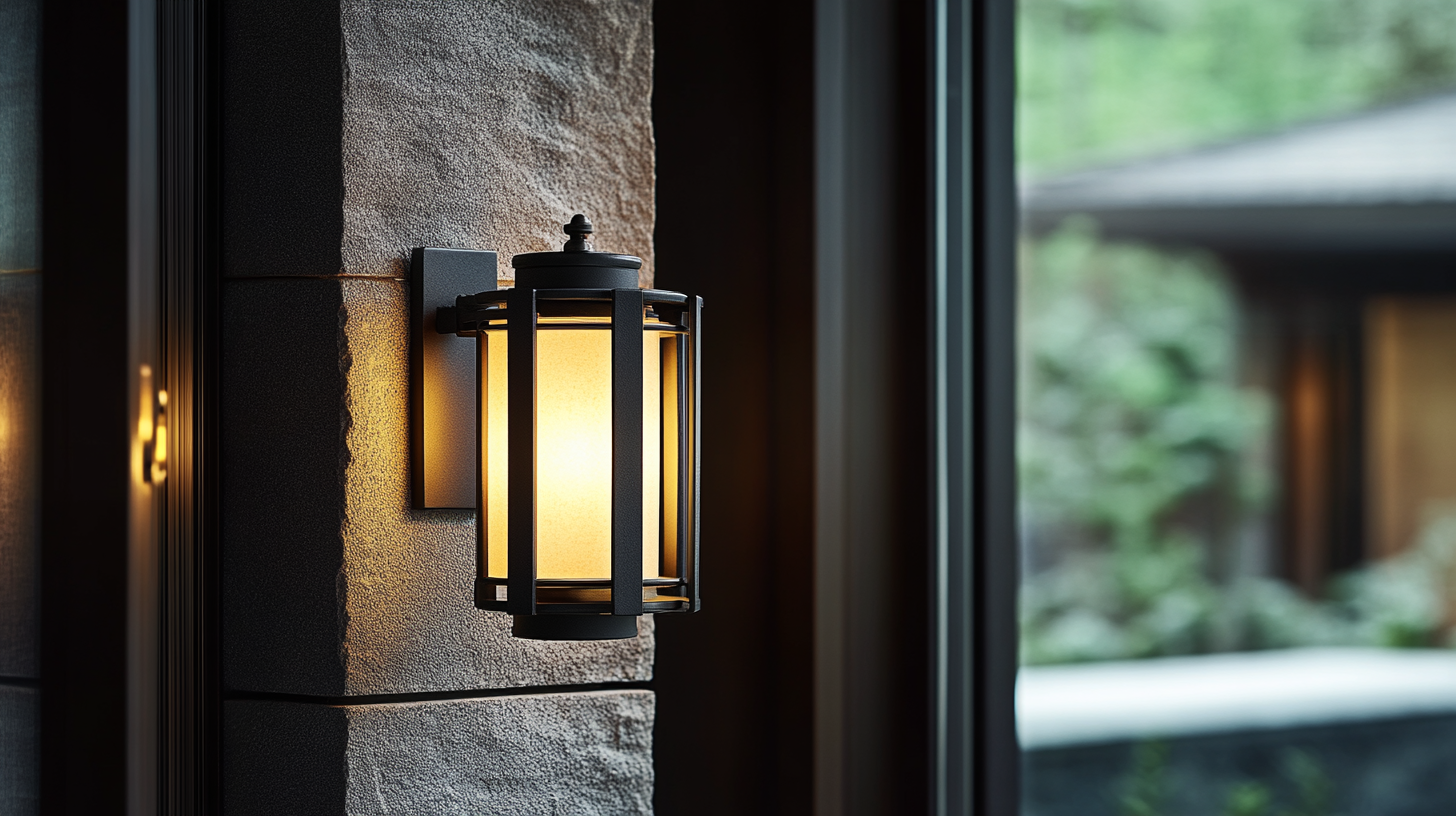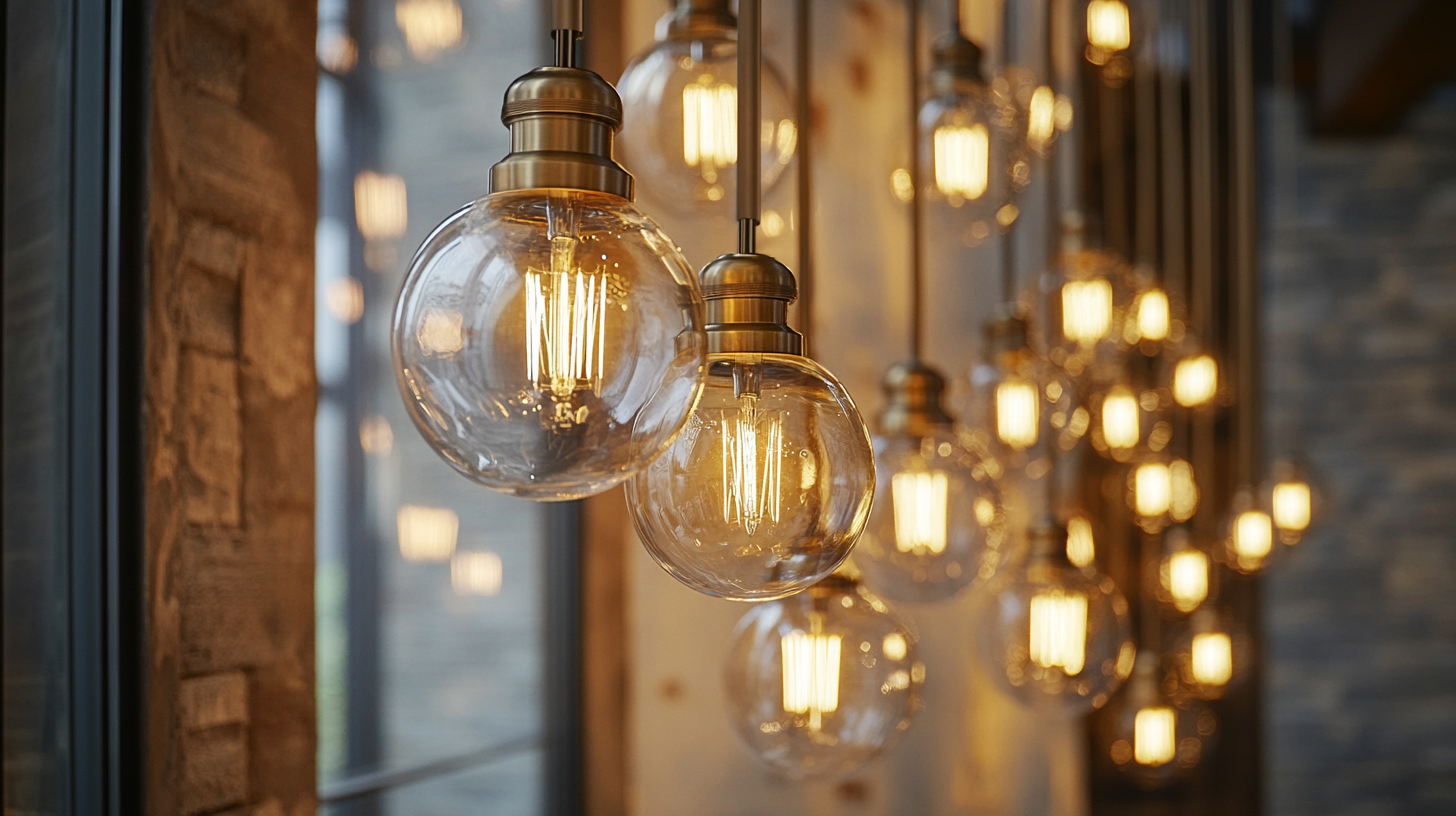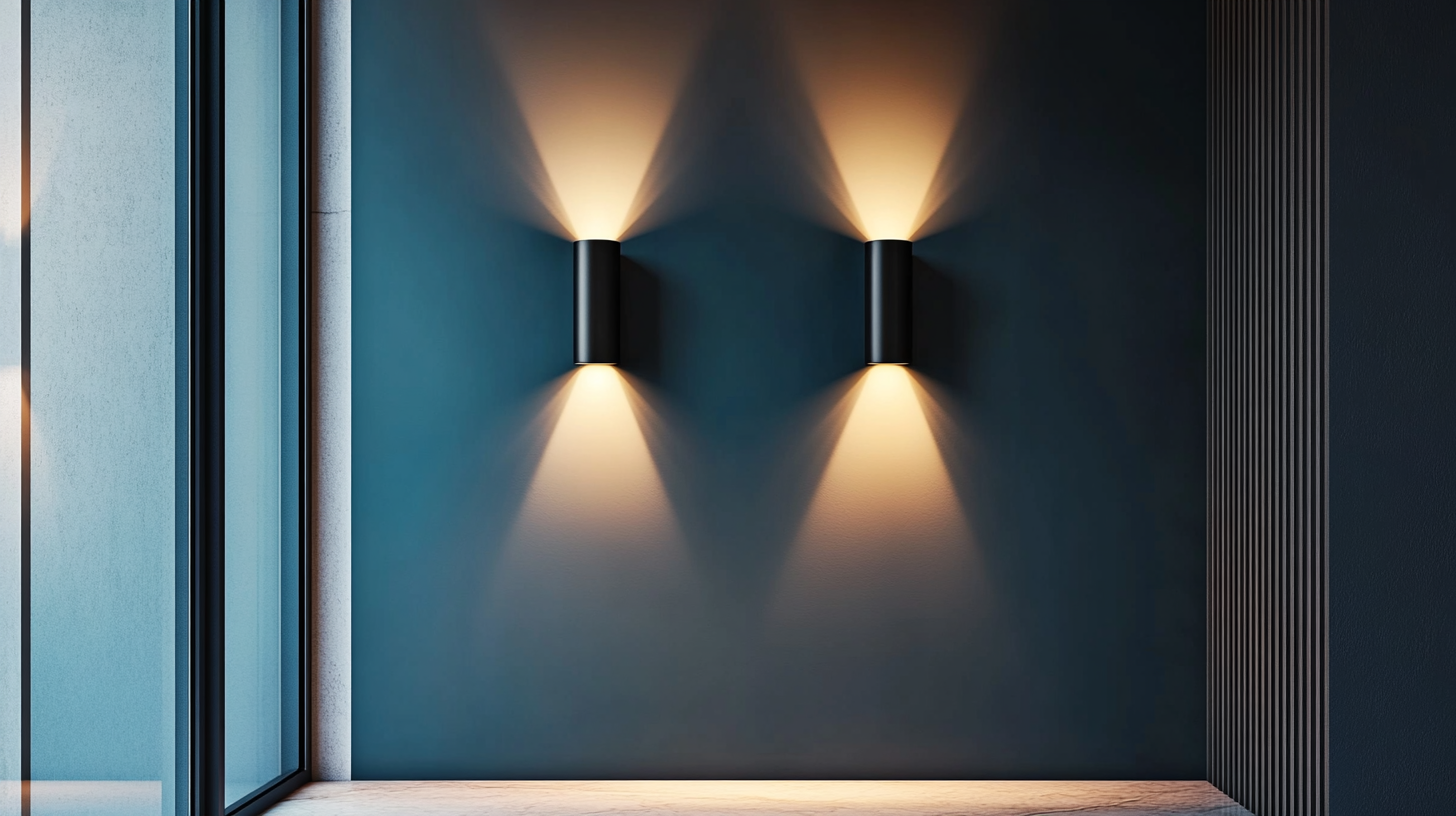The Comprehensive Handbook for Sourcing Quality Wall Lights Globally
The global lighting market has been witnessing significant growth, with wall lights emerging as a key segment due to their versatility and aesthetic appeal. According to a recent report by Market Research Future, the global lighting market is projected to reach approximately $192 billion by 2026, with wall lights contributing substantially to this expansion. This increase can be attributed to the rise in residential and commercial construction activities, along with a growing focus on energy-efficient lighting solutions. As consumers become more discerning about design and functionality, the demand for high-quality wall lights that enhance the ambiance of both indoor and outdoor spaces continues to rise.
In addition, the shift towards sustainable and eco-friendly lighting products has led manufacturers to innovate and diversify their offerings. The International Energy Agency reported that energy-efficient lighting can save consumers up to 75% on electricity bills compared to traditional options. This growing inclination towards sustainability is shaping the way wall lights are designed, produced, and marketed globally. As such, sourcing quality wall lights has become a strategic priority for manufacturers and retailers looking to capitalize on this lucrative market. In this comprehensive handbook, we aim to provide valuable insights and guidelines to help stakeholders navigate the complexities of sourcing quality wall lights globally, ensuring that they meet both market demands and environmental standards.

Understanding the Importance of Quality Wall Lighting in Interior Design
Quality wall lights play a crucial role in elevating the ambiance of interior spaces, particularly in the design of bedrooms, living rooms, and kitchens. As designers emphasize, the right lighting can transform a room, enhancing its character while also serving functional purposes. For instance, wall lights can create a warm, inviting atmosphere in bedrooms, illuminating key areas such as bedside tables without overwhelming the senses. Choosing wall lights that complement the overall design theme can bring cohesion and elegance to the space. In recent discussions among interior design professionals, there's a clear consensus on the importance of quality lighting throughout the home. Designers recommend exploring various styles, from modern rustic fixtures that harmonize with natural elements to sleek, contemporary designs that make a bold statement. Each type of wall light can introduce different moods and functionalities; for example, adjustable wall lights can be employed to provide task lighting, making them practical for reading nooks or home offices. Moreover, the use of layered lighting techniques that incorporate wall lights can significantly enhance the aesthetic appeal of any room. By combining them with other sources of light, such as floor or table lamps, homeowners can achieve a well-lit environment that remains cozy and inviting. As trends evolve, homeowners are encouraged to remain mindful of how wall lighting choices affect both the look of their interiors and the overall atmosphere of their living spaces.

Key Factors to Consider When Sourcing Wall Lights Globally
When sourcing wall lights globally, there are several key factors that can significantly influence the buying process and the quality of the products. The first factor is understanding the market dynamics. As evidenced by the rapidly growing residential lighting fixtures market, valued at USD 14.66 billion in 2023 with an anticipated CAGR of 6.4% through 2030, there is a clear demand for innovative and high-quality lighting solutions. Companies must consider regional preferences and technological advancements, which can vary widely across different markets.
Another important consideration is the reliability of suppliers. In a post-pandemic world, many businesses are re-evaluating their supply chains to ensure resilience and flexibility. It is essential for buyers to vet suppliers thoroughly, assessing their production capabilities, quality control measures, and adherence to international standards. This not only minimizes potential shipment delays but also ensures that the sourced products meet the required safety and quality benchmarks.
Finally, it's vital to keep an eye on design trends. Wall lights serve as both functional fixtures and integral elements of interior design. Exploring various styles and concepts is essential for creating an inviting aesthetic in residential spaces. By combining functionality with appealing design, buyers can cater to a wider audience and elevate the overall market competitiveness of their offerings.

Top Regions for Finding Reliable Wall Light Manufacturers
When it comes to sourcing quality wall lights, knowing the top regions for finding reliable manufacturers is key. According to recent industry reports, Asia, particularly China, remains a dominant player in the lighting manufacturing sector, accounting for approximately 38% of global production. The region benefits from a vast network of suppliers and specialized technology aimed at creating energy-efficient and innovative wall lighting solutions.
Europe also stands out as a significant area for high-quality wall light manufacturing. Countries such as Germany and Sweden are renowned for their commitment to design and sustainability, producing lights that often combine function with aesthetics. A survey by the European Lighting Industry Association indicates that 67% of consumers prioritize quality and design when selecting lighting for their homes, showcasing a growing trend towards premium wall lights.
In addition to Asia and Europe, North America is increasingly becoming a hub for local wall light production, driven by a rising demand for sustainable and smart home solutions. The combination of advanced technology and responsive customer service is attracting consumers who prefer to source products closer to home. According to a report by Grand View Research, the smart lighting market is expected to grow at a compound annual growth rate of 24% from 2022 to 2030, emphasizing the importance of reliable and innovative wall light manufacturers in meeting this surge in demand.

Evaluating Quality Standards and Certifications for Wall Lights
When sourcing quality wall lights globally, understanding the relevant quality standards and certifications is crucial for ensuring safety and durability. Different countries and regions have established standards that manufacturers must adhere to, which can greatly affect the design, materials, and electrical components used in their products. For instance, in the United States, the Underwriters Laboratories (UL) certification signifies that the lighting has undergone rigorous testing for safety. Similarly, in Europe, the CE marking is a declaration that the product meets essential health and safety requirements.
In addition to regional certifications, international standards such as the International Electrotechnical Commission (IEC) can provide a universal framework for assessing the quality of wall lights. Compliance with these standards not only enhances product reliability but also boosts consumer confidence. Manufacturers seeking to export their products should pay close attention to these certifications, as failure to comply can lead to market access challenges and potential liabilities.
Moreover, beyond the basic safety certifications, quality can also be evaluated through indicators like energy efficiency ratings and environmental impact certifications. The Energy Star certification, for example, identifies products that meet strict energy efficiency guidelines, making them an environmentally friendly choice for consumers. This growing focus on sustainability is influencing buyers' decisions, and brands that prioritize eco-friendly practices are likely to gain a competitive edge in the global marketplace.
Building Effective Partnerships with Global Wall Light Suppliers
Building effective partnerships with global wall light suppliers is essential for any business looking to source quality lighting solutions. The foundation of these partnerships lies in clear communication and mutual understanding of expectations. When approaching suppliers, it is crucial to establish an open line of dialogue that encourages transparency regarding product specifications, pricing, and delivery timelines. By fostering an environment where both parties can express their needs and concerns, businesses can work collaboratively to resolve any issues that may arise and strengthen their relationship over time.
In addition, conducting thorough research on potential suppliers is vital. This includes evaluating their manufacturing practices, product quality, and market reputation. Engaging in trust-building activities, such as factory visits or audits, can provide further insight into a supplier's capabilities and commitment to quality. It also allows businesses to assess the supplier's production capacity and lead times, ensuring that they can meet fluctuating demand without compromising on quality.
Moreover, leveraging technology can enhance communication and streamline the sourcing process. Utilizing digital platforms for managing orders, tracking shipments, and sharing design specifications can lead to increased efficiency and reduced misunderstandings. By embracing these technological tools, businesses can cultivate stronger relationships with suppliers, ensuring a reliable supply chain for their wall lighting needs.


